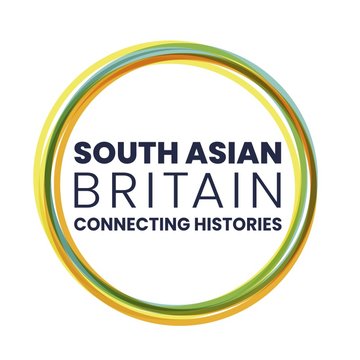
Glasgow Seamen’s Friend Society
Organization which supported seamen who frequented the ports of Glasgow
Location(s)
149 Broomielaw
Glasgow
United Kingdom
About
The Glasgow Seamen’s Friend Society was instituted on 13 May 1822 to oversee the spiritual and physical welfare of seamen who were visiting Glasgow. The society was inaugurated at a meeting in Trades’ Hall, Glassford Street which was presided over by the Lord Provost of Glasgow, William Smith of Carbeth Guthrie. Religious education and spiritual welfare were central to the function of the Society. A welfare officer was employed to distribute Bibles to incoming seamen and to take charge of the seamen’s chapel, which opened in Broomielaw in 1822.
In 1876 the Society rented 149 Broomielaw to create a free recreation and reading room for sailors as an alternative to public houses. The room offered games, letter-writing facilities and religious services. In its first year, the recreation room received 37,974 seamen and, by 1885, the room had 104,985 visitors. These visitors included Indian sailors. The popularity of the facilities, which minimized the temptations of seamen drinking in public houses, resulted in the directors of the Society launching a fundraising campaign to establish a larger institute with a coffee tavern, recreation room, smoking room, library and temporary night shelter which connected to the seamen’s chapel. The total cost of purchasing the property in Broomielaw and renovating it was £6,500. The institute was opened in December 1886 by Sir James King, Lord Provost. In its first nine months, the institute had 70,000 visitors. The Glasgow Seamen’s Friend Society did not offer boarding to seamen; rather, its directors supported the establishment of Glasgow Sailors’ Home in 1857 at 150 Broomielaw.
In January 1919 race riots broke out at major seaports across Britain, including Glasgow. This was because racialized minority sailors, including South Asians, were accused of taking jobs away from white sailors, who were experiencing high rates of unemployment. Riots took place in the vicinity of the Glasgow Seamen’s Friend Society and Glasgow Sailors’ Home on 23 June 1919, with reports of knives and revolvers being used and racialized minority sailors seeking refuge in the Sailors’ Home. Two men were injured: a white British sailor, who was shot in the neck, and a sailor from Sierra Leone, who was stabbed. Thirty racialized minority seamen were arrested.
Glasgow Sailors' Home
Jenkinson, Jacqueline, Black 1919: Riots, Racism and Resistance in Imperial Britain (Liverpool: Liverpool University Press, 2009)
‘The Broomielaw Riot: Knives and Revolvers Used’, Evening Times (24 January 1919), p. 2
‘Furious Fighting: Revolvers and Knives Used’, Glasgow Herald (24 January 1919)
TD 932/13/ 4B- Leaflet, titled ‘Glasgow Seamen’s Friend Society, Glasgow Seamen’s Friend Society Collection, Mitchell Library, Glasgow
TD 932/13/12- Leaflet, ‘Glasgow Sailors’ Home: The Welfare of Seamen in Glasgow’, 14 November 1933, Glasgow Seamen’s Friend Society Collection, Mitchell Library, Glasgow
TD1525/8/1- ‘Work Among our Sailors’, Glasgow Seamen’s Friend Society, April 1883, Glasgow Seamen’s Friend Society Collection, Mitchell Library, Glasgow
TD1525/8/6- A Short History of the Glasgow Seamen’s Friend Society, April 1993, Glasgow Seamen’s Friend Society Collection, Mitchell Library, Glasgow
Image credit
© Remaking Britain: South Asian Connections and Networks, 1930s – present
